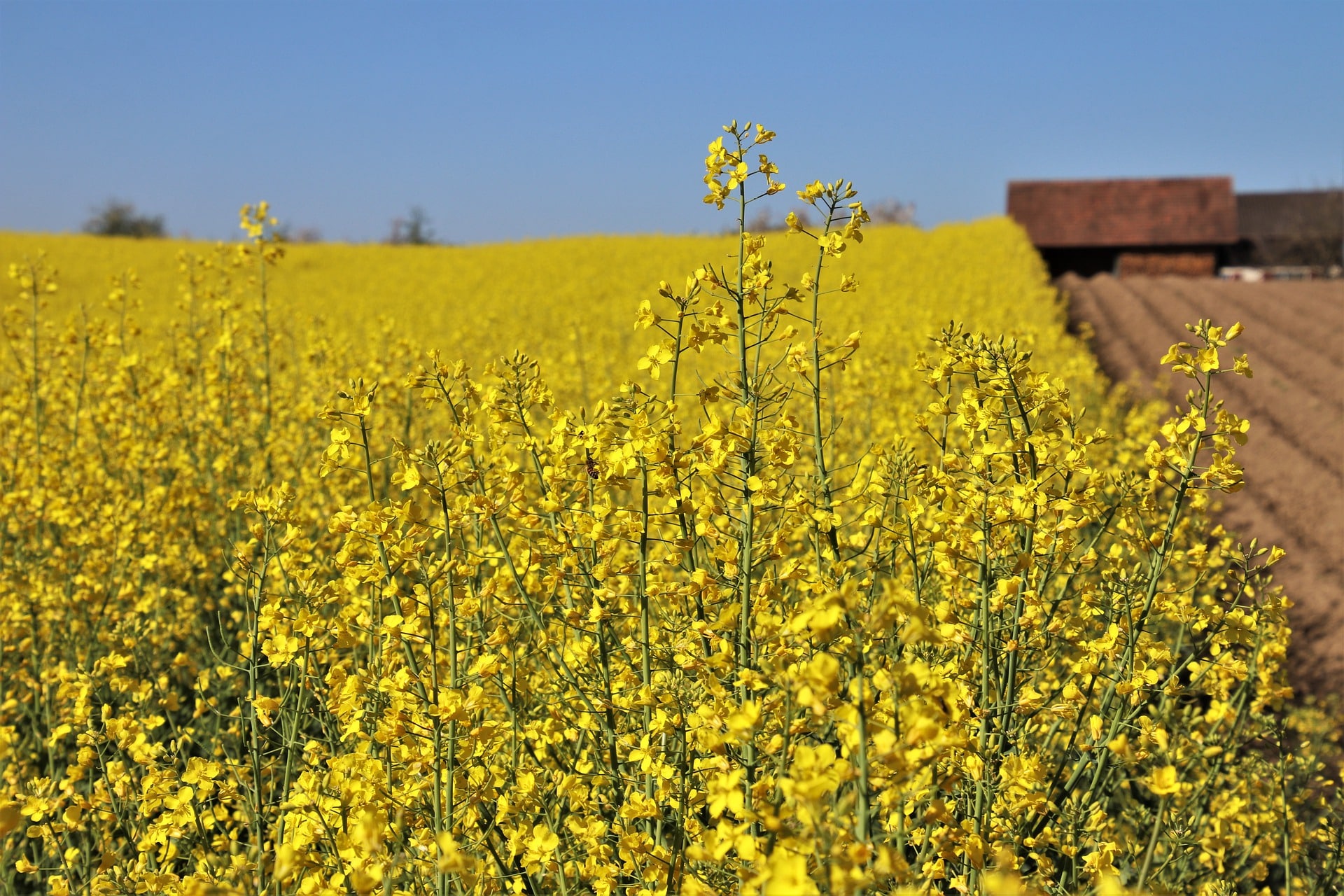With pod shatter traits in canola and farmers looking to save time and money, straight cutting canola has become more popular.
For decades, farmers would head out to their canola fields twice at harvest — once to swath the crop and later to harvest it. About 15 years ago that changed as improved seed genetics allowed farmers to start ditching the swather and straight cut their canola at harvest instead.
“Over the past number of years companies have worked to play with the genetics of the canola crop to get that stronger pod integrity so that it shells out at the time that you want it to rather than all over the field,” says Courtney Welch, Canterra Seeds canola product manager, on the Aug. 10 episode of Seed Speaks.
There’s a sliding scale of one to nine for how durable canola varieties are when it comes to harvest, Welch explains. One is where the canola pod will shatter easily, thus requiring swathing, while nine is where the pod has strong integrity and doesn’t shatter easily. She adds most companies are aiming for a six and up rating on pod shatter when it comes to canola genetics.
However, it isn’t just pod shatter which affects the choice to straight cut or swath. The crop stand also plays into the decision, Shawn Senko, Canola Council of Canada agronomist and harvest management lead, explains in the episode.
“When it’s a thinner stand you usually say with straight cut the ideal situation is a thick, large crop that kind of moves all at once in the wind. So, when you’ve got a thinner crop, it’s not really conducive to straight cutting,” he adds.
Senko has also seen farmers make decisions to straight cut canola based on if the crop is it hit with frost. If a heavy frost comes through and the canola pods start to pop, then the farmer will need to swath the crop before harvesting in order to protect the yield.
The choice to straight cut canola over swathing isn’t just agronomic though, it’s also a business management choice. Some farmers have switched to straight cutting to save on time spent in the field and reduce the amount of farm implements they’re paying to upkeep in the farmyard.
“Time and money are huge considerations when making that switch to straight cut versus swathing. One pass through the field allows you to save that precious time and those operating expenses as well,” Welch says.
The trend towards larger farmers has also helped push the straight cutting trend forward. With farmers having more land to harvest themselves saving time by cutting out swathing can make a huge difference, both Welch and Senko say.
Lots of farmers though are still swathing, while also adding the option of straight cutting their canola. Farmers are making the choice on whether to straight cut or swath based on the year and field situation.
“There’s a learning curve of course to go from swathing all your canola to straight cutting all your canola. So, I’d say probably typically a farm will do both to allow some for some flexibility and not completely sell this swather but park it maybe so that they have that flexibility when the harvest time comes around in the fall,” Welch adds.
Related Articles
Delayed Planting Dates Prove to be a Greater Concern than Abiotic Stressors this Season
Stewardship Means Doing Your Best for the Environment Around You





